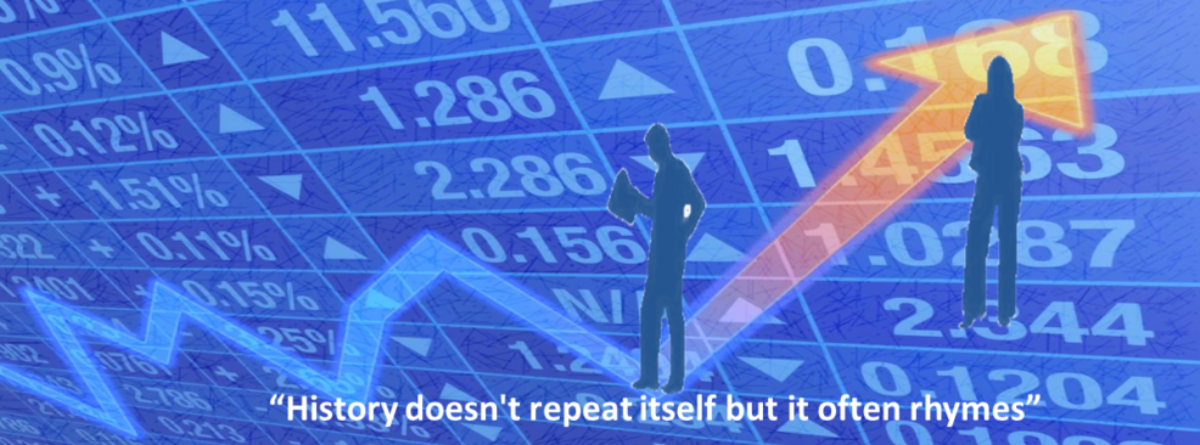April 25th, 2020
The Covid-19 relief package gets bigger
The US Congress has passed a new Covid-19 relief package. The new aid bill totals $484 bn. With Thursday’s bill, the total relief package amounts to about $3 trillion. Apart from topping up the ‘Paycheck Protection Program’ with additional $310 bn, the new bill will allocate $75 bn to hospitals some of which will be used for Covid-19 testing.
The previous relief program was criticized for helping some large public companies, big restaurant chains. It remains to be seen if the new Covid-19 relief package will provide sufficient support for the SME companies.
We expect the new stimulus package to mitigate the second quarter drop in GDP. Our initial ex-relief package estimate for the quarterly drop in GDP is therefore, revised upwards. We estimate 11% GDP drop in 2020 Q2 after taking into account the latest stimulus bill.
Even after the lifting of the lockdown, the stock market is expected to stay volatile with sporadic bullish rallies. However, without a successful drug or vaccination, it is unlikely the US economy to spring back to the pre-coronavirus state swiftly. After the stock market crash of 1929, the Dow Jones Industrial Average index had also experienced short-lived bullish rallies. Nevertheless, the underlying trend remained downward until 1932 when the prices bottomed out. In order to have a sustainable recovery in the stock markets, there should be a convincing amelioration of consumer demand and corporate profits. If the ‘new normal’ imposes rules such as fewer tables in restaurants, empty seats in planes or cinemas, lower earnings may persist till 2021. We expect the supply and demand shocks to linger even in the third quarter as a result of the social-distancing rules.
Unemployment goes through the roof
Meanwhile the new initial unemployment claims in the week ending April 18, was 4.43 million. This brings the total number of jobless to 26.4 million since mid-March (source: U.S. Department of Labor). The prospect of some states planning to reopen and the 15.4% fall in the initial claims from the previous week led to a S&P 500 rally. We expect the April average of S&P 500 higher than March. The advance seasonally adjusted insured unemployment rate was 11.0 percent for the week ending April 11. This marks the highest level in the history of the seasonally adjusted series.
We believe that the downward trend in initial unemployment claim may continue as the US states relax the lock-down rules. The keyword search in Google trends for the word ‘unemployment’ has not yet demonstrated a convincing downturn. The chart below shows the index of clicks on the keyword ‘unemployment’ dramatically rising since March. The Covid-19 relief plan has not so far affected unemployment.

Oil becomes unwanted commodity
In the meantime, the oil price has also been grabbing headlines. Last Monday West Texas Intermediate crude oil price became negative – $36.96 a barrel from $18.31 on Friday (Source: FRED). This was largely caused by the technical factors in the oil futures market. In order to avoid the problem of storing actual oil, the expiring contracts forced the oil traders to drop the price to negative for one day. The price sprang back next day to $9. This unprecedented incident is alarming as it exposes the scale of the lack of demand in the oil market. Generally, oil price changes positively correlate with the stock market and the price of oil is a leading indicator for the stock market. Despite the historic deal between OPEC, its allies and Russia to curb production, the expected global downturn is too severe for the oil demand to recover any time soon.

